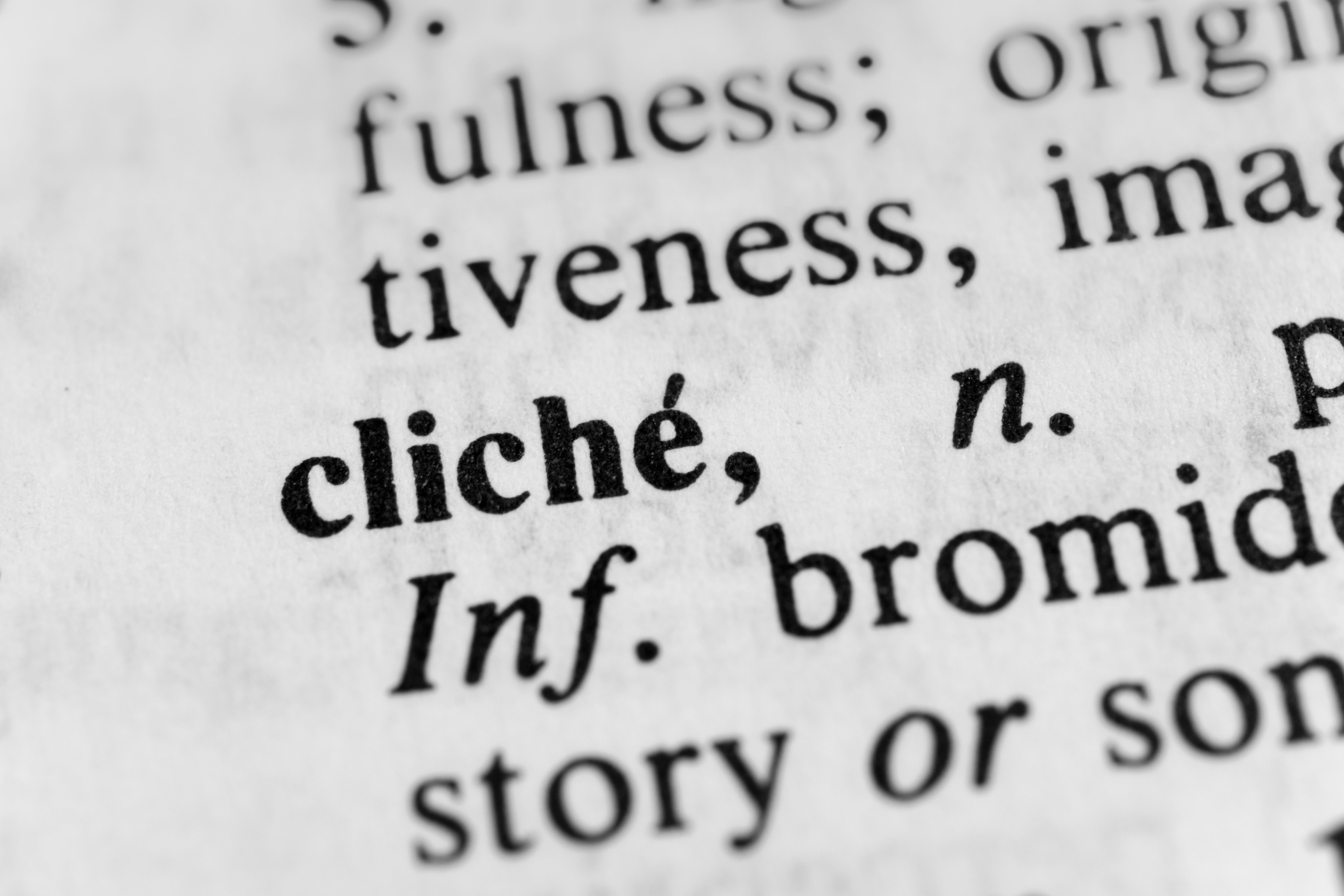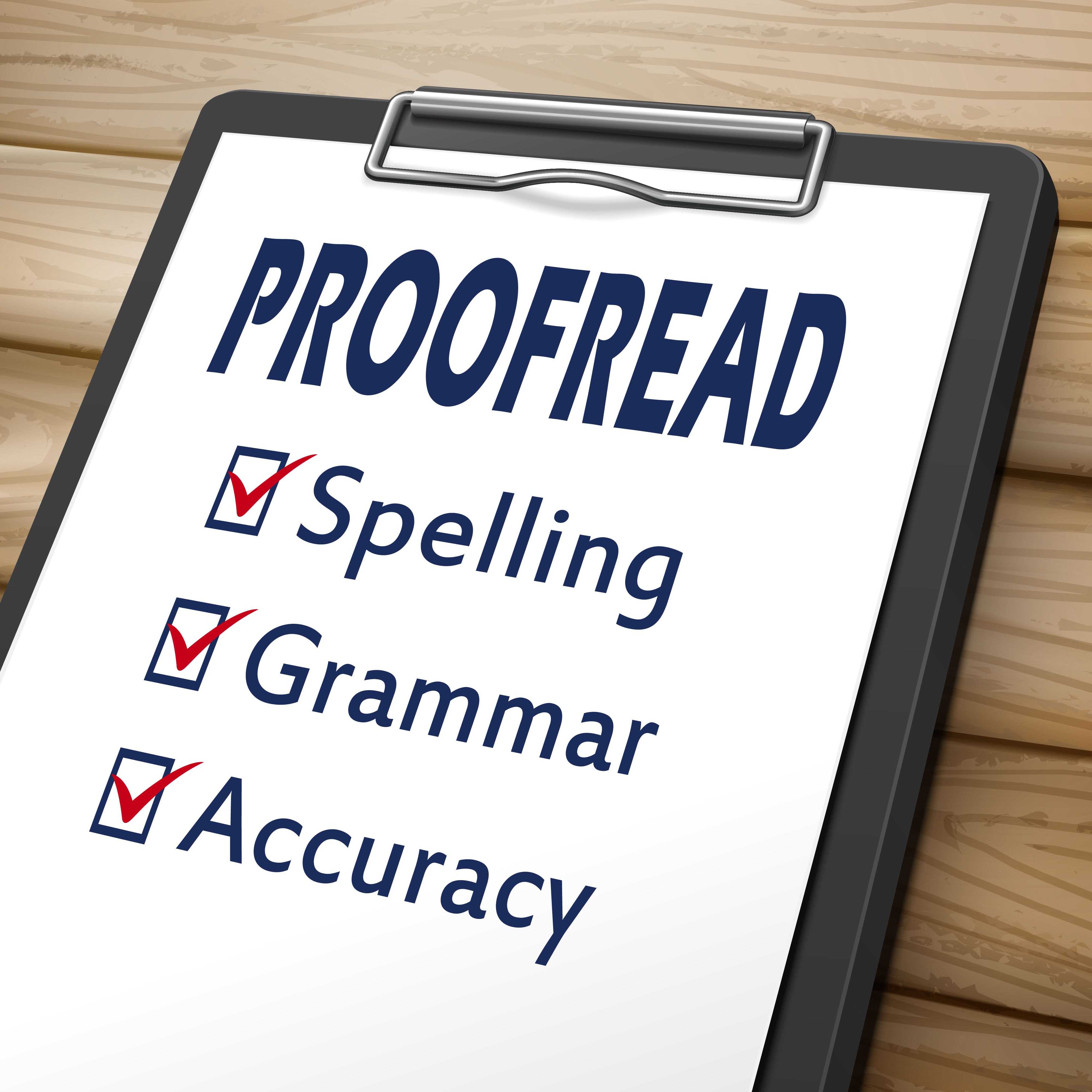In a world where Twitter, emoticons, text messages, emails and social media have become thepreferred means of communication, for claims professionals, there is still a need tocontact policyholders and claimants in writing.
|Many insurers have form letters that they have been using forquite a while. How long has it been since you have looked at thetemplate letters your claims professionals use regularly?
|Some managers don't look at them for years or until they must bemigrated to a new computer system. Then it is easier to see someobvious problems that have been perpetuated over the years.
|Here are eight things to consider as you look at the formletters your company sends out every day.
|Related: 9 factors impacting claims in 2017
|
(Photo: Shutterstock)
|1. Take time to carefully review theletters.
It may save money to revise the letters internally if thecompany has someone who writes well and can proof them for contentand typos.
|Sometimes a fresh set of eyes can catch things others don't see.If you have someone from the outside review the letters (preferablysomeone with expertise as a writer and editor), make sure thisperson gives you a per letter price and sets a fee that willinclude all revisions, discussions and re-revisions, if necessary.Part of the agreement should be that a vendor will revise theletters until both parties are satisfied with the changes made toeach letter.
|Letters should be checked for style, format, spacing and tone;and eliminate wordiness, redundancy, old-fashioned phrases,clichés, unnecessary legalese, poor punctuation and grammar, typosand misspellings.
|
(Photo: Shutterstock)
|2. Look at dates, “RE” line, salutation andclosing.
Inside addresses often leave out punctuation marks and periodsafter abbreviations. Make sure the letters include these.
|“RE” lines sometimes embrace odd formats like having the colonsindented, doing a sort of “line dance” down the middle of the page,instead of being placed next to a category. Check the spacing andalignment.
|In a formal salutation, use a colon as in “Dear Mr. Jones:” toopen the letter. If you're on a first-name basis, write “Dear Ted,”using the comma. Avoid salutations like, “Dear Jerry Smith:” or“Dear Carrier,” which may never reach the proper person.
|Choose a closing that is not old-fashioned. Opt for “Sincerely”or “Regards” rather than “Sincerely yours” or “Very truly yours.”Remember that “Thank you” is not a closing.
|Related: Embrace the shift! Transforming the insuranceindustry from the outside-in
||

(Photo: Shutterstock)
|3. When to say “Thank you.”
Use this phrase only when acknowledging something that has beendone for you. Do not use it to try to motivate someone to cooperatewith you. Try not to use the phrase, “Thank you in advance for yourcooperation.”
|When you thank someone in advance, you are being presumptuous.Even the phrase, “I look forward to your anticipated cooperation,”seems grating. If you have requested that the policyholder send youa Proof of Loss document, you might end your letter by writing, “Ilook forward to reviewing the Proof of Loss.”
|
(Photo: Shutterstock)
|4. Avoid old-fashioned phrases,wordiness and clichés.
A phrase like “Kindly be advised” or “Please be advised that…”may seem benign, but “kindly” is a bit old-fashioned and the word“advise” should only be used when you are literally giving advice.Ninety percent of the time when we write “advise,” we simply meantell or inform.
|Wordiness can be very subtle. Take, for example, the phrase,“After a thorough and complete coverage investigation …” Thissounds like overkill. Write clearly and directly.
|“Please do not hesitate to call me” is a cliché and so is itsyounger brother, “Please feel free to call me.” Other over-usedphrases include, “as per,” “pursuant to,” “enclosed please find,”and “under separate cover.”
|Related: 11 tips for modernizing your insurancebrand
|
(Photo: Shutterstock)
|5. Avoid “and/or.”
Very often, you can go with either “and” or “or.” “We will seeyou on Tuesday and/or Wednesday” sounds awkward. When you believeyou can't avoid and/or, try using a few more words to clarify yourthought, “We'll see you on Tuesday or Wednesday — or bothdays, if necessary.”
|
(Photo: Shutterstock)
|6. Spell checkers don't catcheverything.
While they are good at catching some misspellings, they don'talways catch poor grammar or incorrect word choices, and sometimesthey are actually wrong. Take for example a writer who writes abouta “Statue of Limitations,” instead of “Statute.”
|Even if you have a spell checker, it helps to occasionallyreview lists of the most often misspelled words in business, and toread through your letters or emails.
|
(Photo: Shutterstock)
|7. Be sensitive to wordchoice.
Don't be afraid to be specific in your writing. Instead of aphrase like, “It is our understanding that…” try to pinpoint thesource of the information you are about to reveal such as,“According to your statement…”
|Using conversational words instead of more formal options alsohelps set the tone of the correspondence.
|Also beware of using “above” and “below” in letters since theinformation being referenced may actually appear on another page.Be more specific and simply reference the issue such as, “In theSmith vs. Jones claim…” or “In the claim involving the dentedNissan Altima…”
|Related: Be an agent of change
|
(Photo: Shutterstock)
|8. Bullet lists to make them easier toread.
Bullets are like tiny headlines that encourage a reader to skimthe information. As a reader, your eye will travel more naturallydown a bulleted list of items. They may be phrases or words insteadof full sentences, and they should be parallel in structure— e.g., begin with nouns, verbs, same key ideas listedtogether, etc.
|Related: But that's the way we've always doneit!
|These are only a few of the issues to be found in claimstemplate letters throughout the insurance industry. Poorly writtenletters can affect a claims department's professional image,customer service and prompt claims handling. Some issues are evenserious enough to be the basis of bad faith lawsuits.
|Improving your template letters will not only help yourdepartment become more productive, it will help improve youradjusters' morale to stand behind letters that are clear, conciseand devoid of embarrassing errors.
|Gary Blake is director of The Communication Workshop, aFlorida-based company that offers webinars, seminars, and editorialservices to the insurance industry. He may be reached at [email protected].
Want to continue reading?
Become a Free PropertyCasualty360 Digital Reader
Your access to unlimited PropertyCasualty360 content isn’t changing.
Once you are an ALM digital member, you’ll receive:
- All PropertyCasualty360.com news coverage, best practices, and in-depth analysis.
- Educational webcasts, resources from industry leaders, and informative newsletters.
- Other award-winning websites including BenefitsPRO.com and ThinkAdvisor.com.
Already have an account? Sign In
© 2024 ALM Global, LLC, All Rights Reserved. Request academic re-use from www.copyright.com. All other uses, submit a request to [email protected]. For more information visit Asset & Logo Licensing.








